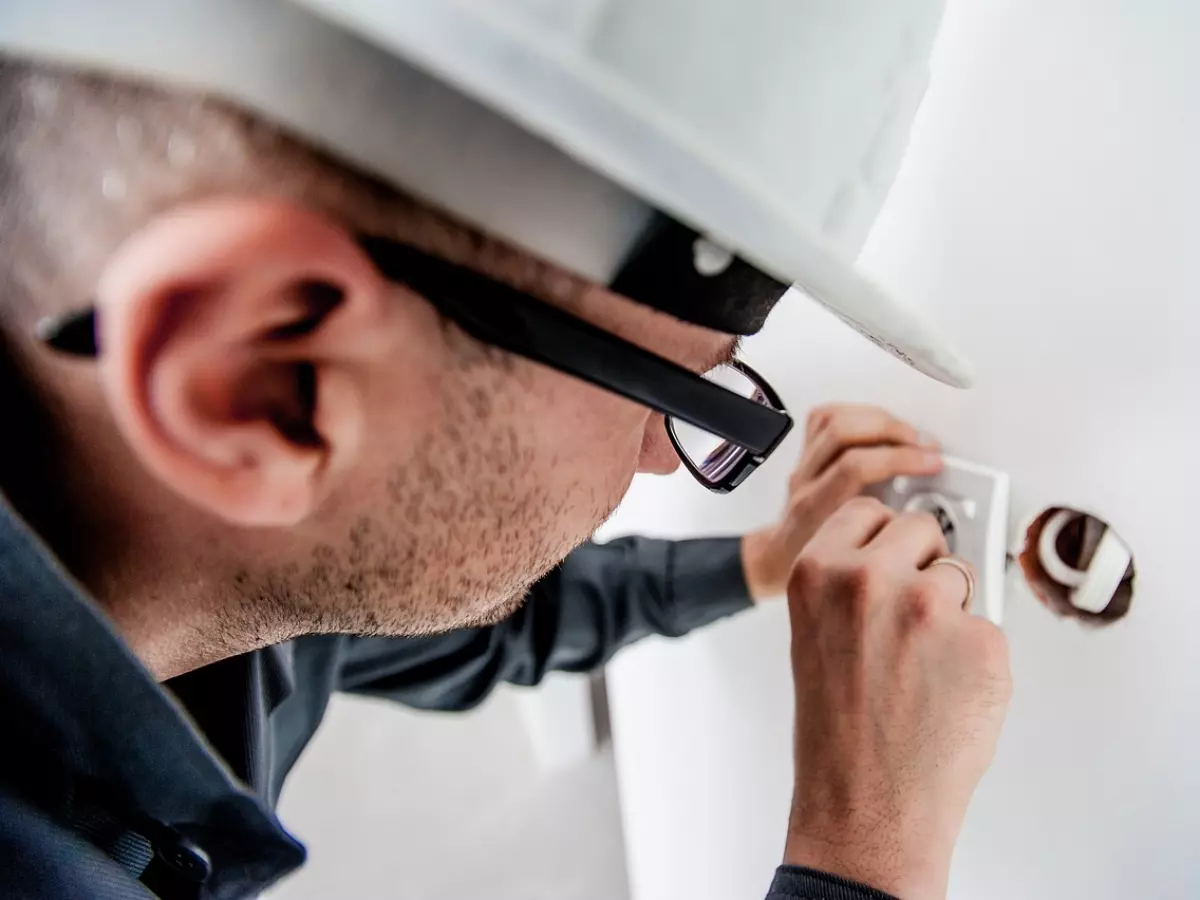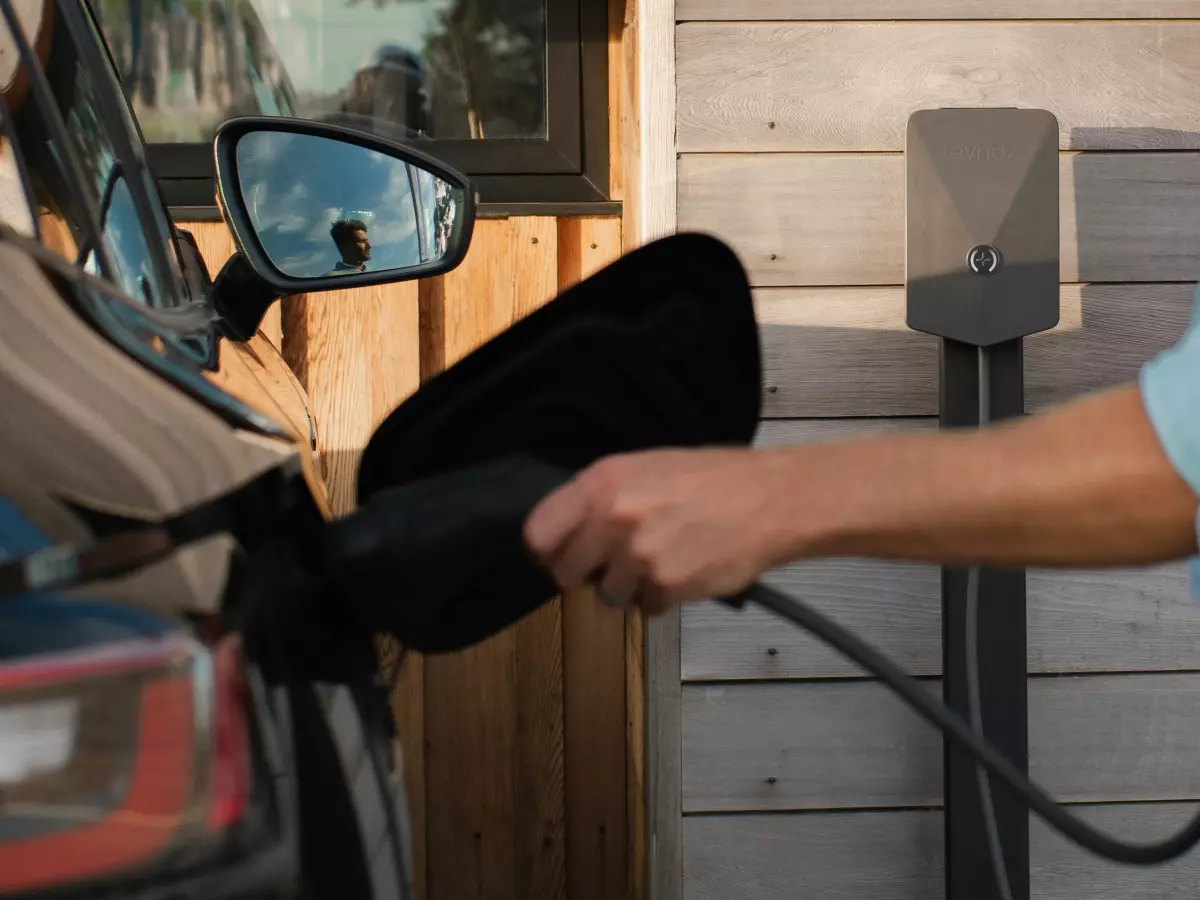Battery Chemistry
“The battery is the technology. The car is the accessory.” – Elon Musk

By Elena Petrova
Electric vehicles (EVs) are all the rage, but have you ever wondered what really powers your sleek, silent ride? Sure, you know it’s a battery, but what’s inside that battery? And how does it affect your EV’s performance, range, and lifespan? The answer lies in the chemistry—literally. The chemical composition of your EV’s battery is the unsung hero (or villain) behind every mile you drive.
Let’s face it, battery chemistry isn’t exactly the sexiest topic, but if you want to understand why your EV can go 300 miles on a charge—or why it can’t—it’s time to dive into the science. Different battery chemistries offer different advantages and trade-offs. Some prioritize energy density, others focus on longevity, and some are all about safety. So, how do you know what’s powering your EV? And more importantly, how does it impact your driving experience?
Why Battery Chemistry Matters
First things first: your EV’s battery isn’t just a big box of electricity. It’s a complex system where chemistry plays a crucial role. The type of materials used in the battery’s cathode, anode, and electrolyte determines everything from how fast it charges to how long it lasts. It’s like the difference between a fast-food burger and a gourmet steak—both will fill you up, but one is clearly better for the long haul.
Most EVs today use lithium-ion batteries, but even within that category, there are different chemistries. You’ve got your nickel-cobalt-aluminum (NCA), nickel-manganese-cobalt (NMC), and lithium-iron-phosphate (LFP) batteries, each with its own set of pros and cons. NCA batteries, for example, are known for their high energy density, meaning they can store more energy in a smaller space. But they’re also more expensive and less stable at high temperatures. LFP batteries, on the other hand, are cheaper and more stable but offer lower energy density, which can limit range.
Energy Density vs. Longevity
One of the biggest trade-offs in battery chemistry is between energy density and longevity. High energy density means your EV can go further on a single charge, but it often comes at the cost of battery life. NCA and NMC batteries, for example, offer great range but tend to degrade faster over time. That’s why some automakers are experimenting with LFP batteries, which may not offer the same range but can last longer before needing to be replaced.
Think of it like your smartphone. You know how after a couple of years, the battery just doesn’t hold a charge like it used to? That’s because lithium-ion batteries degrade over time, and the same thing happens in your EV. The more energy-dense the battery, the faster it tends to degrade. So, if you’re planning to keep your EV for a decade or more, you might want to prioritize longevity over range.
Charging Speed and Safety
Another area where battery chemistry plays a huge role is charging speed. Some chemistries can handle fast charging better than others. NCA and NMC batteries, for example, can charge quickly but are more prone to overheating, which can lead to safety issues. LFP batteries, on the other hand, are more stable and less likely to overheat, but they don’t charge as quickly.
This is where thermal management systems come into play. EVs are equipped with cooling systems to prevent the battery from overheating during fast charging, but the effectiveness of these systems can vary depending on the battery chemistry. If you’re someone who relies on fast charging to get through your day, you’ll want to pay attention to what kind of battery your EV uses.
Cost vs. Performance
Let’s talk money. Battery chemistry also affects the cost of your EV. NCA and NMC batteries are more expensive to produce because they use materials like cobalt, which is not only rare but also ethically controversial due to mining practices. LFP batteries, on the other hand, use more abundant materials like iron, making them cheaper to produce. However, the lower cost comes with trade-offs in performance, particularly in terms of energy density and range.
So, what’s the best option? It depends on your priorities. If you’re looking for a budget-friendly EV and don’t mind sacrificing some range, LFP batteries might be the way to go. But if you want top-tier performance and don’t mind paying a premium, NCA or NMC batteries are your best bet.
The Future of EV Battery Chemistry
Battery technology is evolving fast, and new chemistries are constantly being developed. Solid-state batteries, for example, promise to offer higher energy density, faster charging times, and improved safety compared to traditional lithium-ion batteries. However, they’re still in the experimental stage and won’t be commercially available for a few more years.
Another exciting development is the use of silicon anodes, which could significantly increase the energy density of lithium-ion batteries. Silicon can store more lithium ions than traditional graphite anodes, potentially boosting the range of EVs by up to 20%. However, silicon anodes are still prone to swelling and cracking, so researchers are working on ways to make them more stable.
What It Means for You
So, what does all this mean for you, the EV driver? Well, it depends on what you value most in your electric vehicle. If you’re all about range and performance, you’ll want to look for an EV with a high-energy-density battery like NCA or NMC. But if you’re more concerned about longevity and safety, LFP batteries might be a better fit.
As battery technology continues to evolve, we may soon see new chemistries that offer the best of both worlds: long range, fast charging, and extended lifespan. Until then, understanding the chemistry behind your EV’s battery can help you make a more informed decision when it comes to buying your next electric ride.
And remember, no matter what kind of battery your EV uses, proper maintenance and smart charging habits can go a long way in extending its lifespan. So, treat your battery well, and it’ll treat you well in return.
In the end, the chemistry inside your EV’s battery is more than just science—it’s the key to unlocking the full potential of electric vehicles.
Fun Fact: Did you know that the first electric vehicle was built in 1828? That’s right, EVs have been around for nearly 200 years, but it’s only now that battery chemistry is catching up to make them a viable alternative to gas-powered cars.





